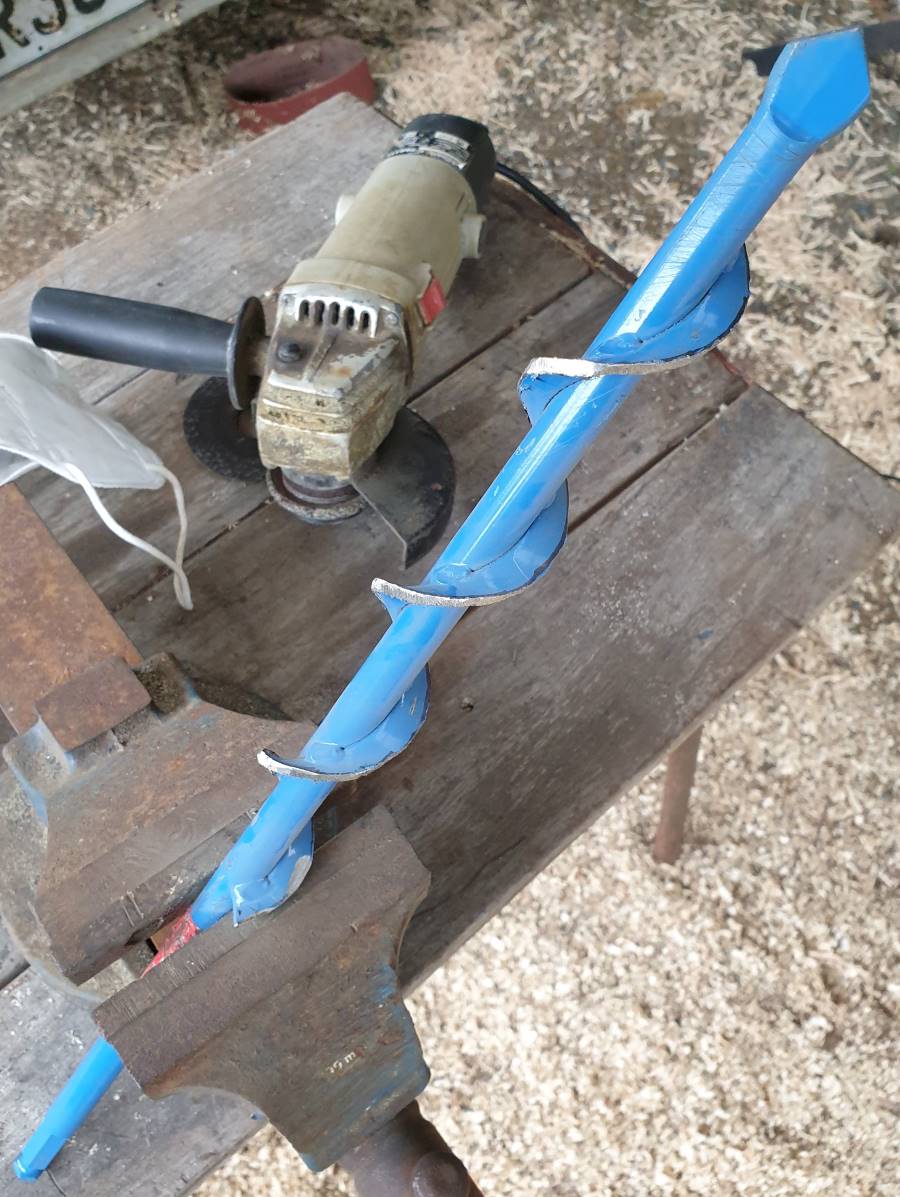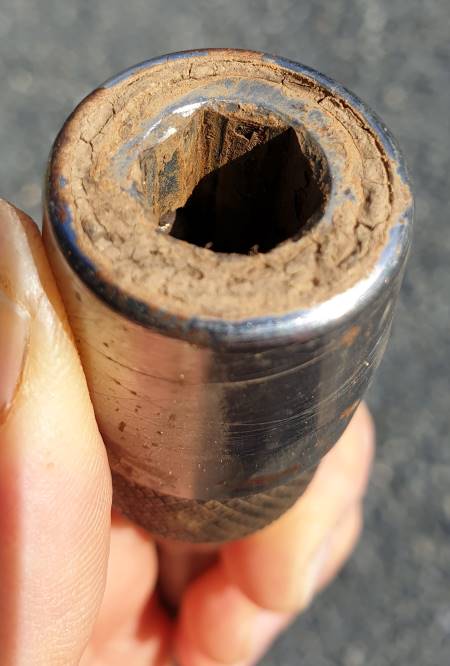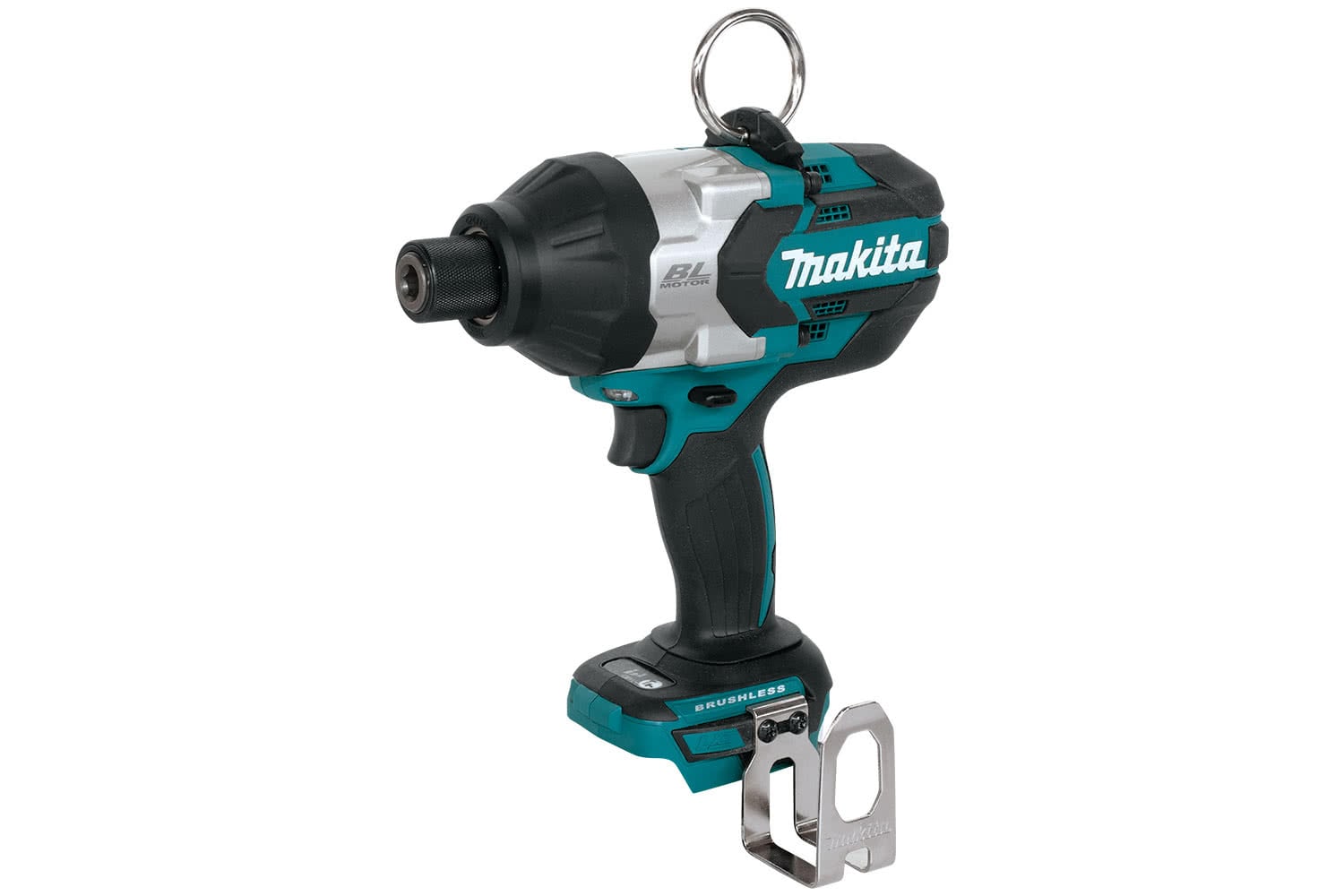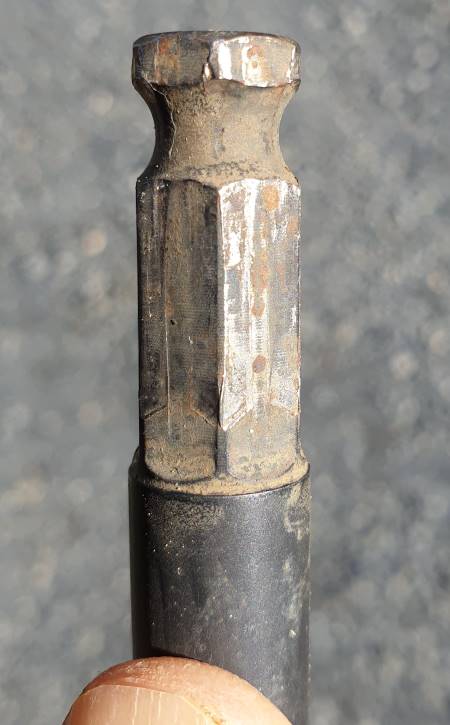Improving the efficiency of planting poplar wands
By Dean Satchell, Northland Regional Council, January 2023.

Acknowledgements: Many thanks to the MPI Hill Country Erosion Programme for supporting Northland Regional Council to achieve improved soil conservation outcomes and build our technical capacity.
Introduction
The objective of this research was to explore technological solutions that could improve the efficiency with which poplar wands can be planted. Battery operated power tools have in recent years gained significant market share with the advent of lightweight lithium batteries. These have replaced corded and motorised tools in many fields and this technology appeared well matched for use with planting poplar wands, which require a small diameter (25cm) hole 30-40cm deep in the soil to facilitate easy planting.
Northland Regional Council have a soil conservation programme targeting poplar planting for erosion control of hill country farmland. Although poplars are usually planted in New Zealand as poles with sleeves to allow grazing around the trees, many landowners are looking for an easier way to establish large numbers of poplar to not only meet soil conservation objectives, but also for agroforestry regimes that continue with grazing as the primary land use but with secondary income streams from tree cover for timber production and carbon under the emissions trading scheme (ETS).
Efficient planting methods are required that ensure good wand survival. The suitable tool would rapidly drill a hole into the soil to 30-40cm deep so a wand can be easily tapped in with a rubber mallet.
Battery-operated auger
Augers on the market are mostly petrol powered and auger bits are mostly 50mm diameter or larger. We found a Makita battery-operated auger (DDG460 LXT Brushless Earth Auger) that takes two 18v batteries and that has a drill chuck, thus able to fit smaller-sized bits.

We could not find a suitable 25mm diameter earth auger bit, so a 50mm diameter auger flute was modified to 25mm diameter using a grinder.



This auger bit also had a 7/16" hex fitting that could be extended in length with a locking extension bit.



The quick-change extension was easy to join and lock to the auger bit, and was an appropriate length to comfortably drill holes with the auger. However, the strain on the joint through use caused the joint to become wobbly which became worse over time.
The auger flute was fast to drill holes in soil and allowed for soil to shed from the flute.
We then tested the auger in the rain, and it performed well with no issues:

Overall, the Makita earth auger performed very well and the 36v motor produced high levels of torque. We tested the machine for boring 50mm holes for poles and again it performed well. However, it is heavy for one person to handle at about 9kg with batteries.
Battery-operated impact wrench
We tested a number of battery drills and impact wrenches and found the Makita DTW800 18V LXT Brushless 7/16" Impact Wrench to be an exceptional tool for drilling holes into soil for planting poplar wands. This tool provided the high level of torque required for drilling soil, without overheating or stalling.

Impact wrenches produce high levels of torque for their weight. Battery drills we tested did not have sufficient torque to drill 400mm holes all day. Impact drivers were also pushed to their limits, but impact wrenches are designed for high torque levels. Most impact wrenches have a 1/2" square drive but the bit cannot be locked in place. Impact wrenches with 7/16" hex heads are designed for drilling and the bit locks in place so does not detach on withdrawal.
However, impact wrenches require specially hardened bits and we found the Sutton earth auger bit quickly failed:


The Milwaukee extension was then welded to the modified Sutton auger bit and we had the perfect auger bit for both the Makita earth auger and the Makita impact wrench.

The impact wrench weighed just under 5kg with battery, which was appropriate for one person. Although this tool is loud to use (the "rattlegun") and requires earmuffs, the feedback we had from our users was this was an exceptionally productive tool, and one person could plant between 500 and 700 wands per day.
We charged batteries in the field using a small Honda generator, but two or three batteries per day were sufficient for the impact wrench and four batteries per day for the earth auger, so a generator may not be necessary in all cases.
The other essential tool was a rubber mallet:


 Farm Forestry New Zealand
Farm Forestry New Zealand